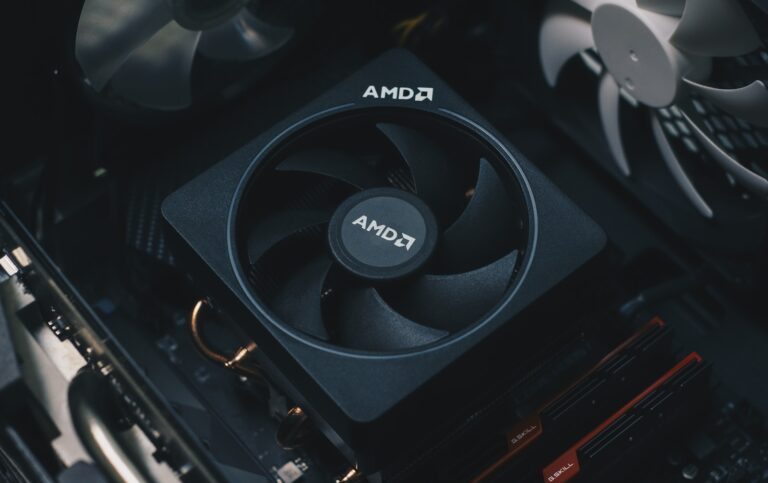It is your turn, Nvidia.
AMD and Nvidia have been engaged in a never-ending conflict that has evolved into a war with two fronts, spanning both hardware and software sectors. Although the quality of drivers has always been a factor in the decisions that customers make regarding their purchases, upscaling and frame generation are also beginning to play a big part in the market for graphics processing units (GPUs). In this regard, Nvidia has been in the lead, while AMD has been playing catch-up until now. AMD, on the other hand, is on the verge of revealing its driver-based frame generation technology, and the company claims that its move could also push Nvidia to give up its software.
During this year’s Consumer Electronics Show (CES), a representative from AMD discussed the forthcoming introduction of its frame generation software with PCGamer. On January 24th, the business will officially remove its “fluid motion frames” technology from preview form. This will make it possible for the technology to be utilized by any Radeon GPU, including on central processing units that have integrated graphics. The technique that Nvidia has taken is completely different from this one, since the company has indicated that their frame generation technology is only attainable on its most recent 40-series graphics processing units (GPUs) due to the hardware capabilities that they possess. In contrast to AMD’s version, which is compatible with virtually all games, producers of video games are required to incorporate its upscaling solution and frame generation within the game itself.

Aaron Steinman, a product manager for Radeon at AMD, speculates that the company’s decision would compel Nvidia to reevaluate the strategy it has been using up until this point. “I would be curious to know if Nvidia feels now they have to match what we’ve done in making some of these solutions driver-based,” according to Steinman. According to him, “I think what we’re gonna start seeing, DLSS is only available on certain solutions, so either Nvidia is going to have to benefit from our solution because we did make it open-source and cross-vendor, or they’re probably going to need to do something similar.”
One recent illustration of how this has been playing out is the fact that a number of high-profile AAA games have been released in recent times without support for DLSS (and hence, frame generation). The new Avatar game and Bethesda’s Starfield are two of the heavy-hitters that are included in this list of titles. Nvidia gamers were compelled to use FSR upscaling rather than DLSS, but this would not have been a problem if Nvidia supported the technology in the GPU drivers in the same way that AMD does.
According to the current configuration, Nvidia only supports particular versions of its upscaling technology on particular generations of GPUs. The most advanced version of this technology, known as DLSS 3, is only supported by GPUs that belong to the 40-series. These GPUs are also the only ones that are capable of generating frames. The most significant limitation of Nvidia’s method is that the game developer is required to incorporate it within the game itself. This constraint places restrictions on the games that can offer those advantages to users of Nvidia GPUs. But Nvidia would claim that their implementation is superior because it is written into the game rather than being a catch-all solution with different results across numerous titles. AMD’s approach is undoubtedly more user-friendly, but Nvidia would argue that its implementation is superior.
It is interesting to note that modders have already started experimenting with AMD’s frame generation on older Ampere GPUs via mods, and the results have been encouraging. It is quite unlikely that any of these factors will compel Nvidia to divert from its current course of action; nevertheless, the announcement of the Super GPU this week appears to imply that the company has listened to its customers and altered its price approach. nevertheless, it is impossible to predict what the future may bring.

